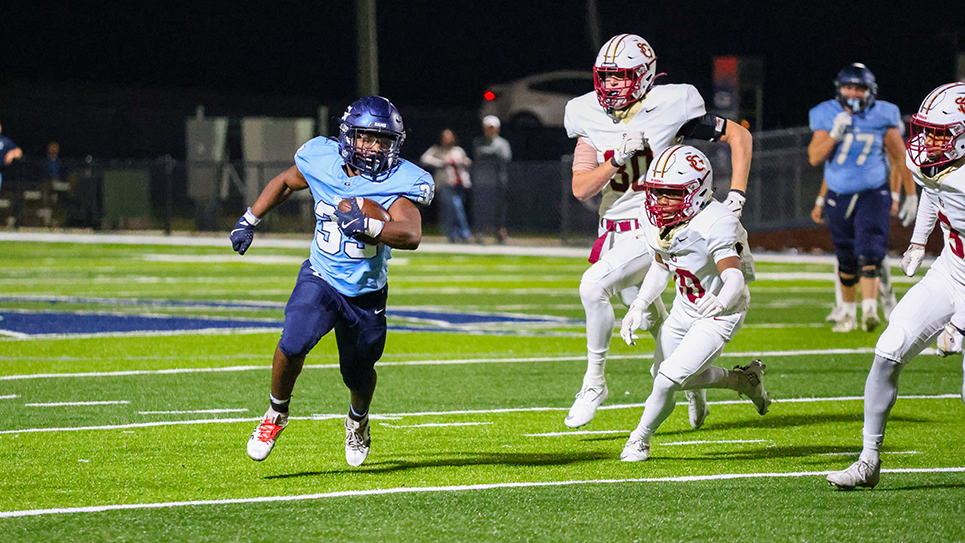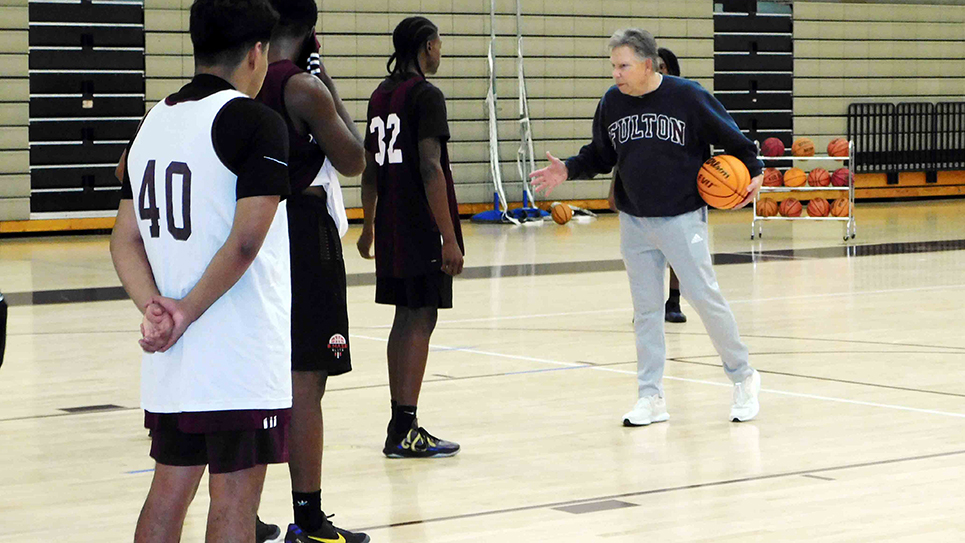By Jedidiah McKeehan
Sometimes I represent people totally unfamiliar with the court process and are terrified of going to court or talking in front of a judge. When I encounter these people, I think, “How nice! Someone who actually take the court system seriously and realizes that what goes on in the courts is important.”
These people will ask me basic questions about what to wear, how much talking they should do, where they should meet me before court, and where they should sit in the courtroom.
I have written previously about what to wear to court (business casual, only the people on trial for murder wear suits to court), but today I want to discuss where to sit in the courtroom.
The first thing to know is there is a bar separating the courtroom. You sit behind the bar. In front of the bar is where the lawyers sit and the people whose case is currently being heard by the judge.
After that, sit on the opposite side of the courtroom from where the opposing party is sitting. It makes for tense feelings and a possible contentious interaction if you sit close to person against whom you have a case.
In criminal courts, occasionally there is a section of the courtroom reserved for victims of crimes. The criminal defendants may not sit in that section. Likewise, you may not sit next to the inmates in custody and have been brought over from the jail for their hearing.
I always encourage my clients that if their case is about to be called to move to the end of the row or move to the front row so they can quickly come stand beside me at the podium or sit next to me at the counsel table up front.
But when your case is called, what table do you go stand at? In criminal cases, during jury trials, the criminal defendant ALWAYS sits at the table furthest away from the jury. Lots of judges follow that pattern whether there is a jury present or not just so they know which party is which. When people just walk up and take whatever table they come to first, the judge may have to ask them, “Now which of you is the plaintiff and which of you is the defendant?” To avoid that, it makes it easier for the judges if the defendant always sits on the side furthest from the jury box (whether there is a jury in the box or not), and the plaintiff sits closest to the jury.
Now, not all judges follow this rule. Some judges do not care as much who sits where. However, if you are looking for guidance as where to sit: sit behind the bar, move closer to the end of the row if you believe your case is about to be called, and sit on the side that coincides with whether you are the plaintiff or the defendant.
Jedidiah McKeehan is an attorney practicing in Knox County and surrounding counties. He works in many areas, including personal injury, divorce and custody, criminal and landlord-tenant law. Visit attorney-knoxville.com for more information about this legal issue and other legal issues.






